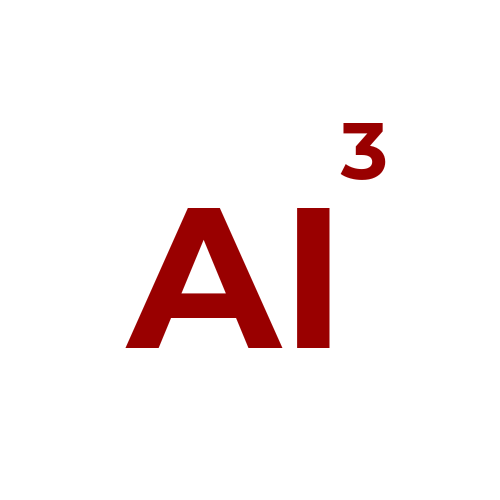The future of education is incorporating AI into its teaching methods, and biomedical engineering education at Stony Brook University is no different.

David A. Rubenstein
Generative AI has rapidly impacted learning, and so far curriculums have been reactive to AI’s advancements. Currently many research studies aim to provide a structured approach on the implementation of AI in university curriculums. The goal of a recent collaborative project between Stony Brook University, UCSD, Cornell, University of Utah, University of Illinois at Urbana-Champaign and University of Florida is to provide a framework for biomedical engineering programs to prepare students with essential AI skills needed for their careers. Their findings were published in the Biomedical Engineering Education journal, “Integrating Generative Artificial Intelligence Tools and Competencies in Biomedical Engineering Education.” The research is in the beginning stages needed for proactive integration of AI into the education system.
“Generative AI hit the world in a big way about a year or two ago,” said David A. Rubenstein, associate professor in the Department of Biomedical Engineering and associate dean for academic and student affairs in the Graduate School. He is a lead on the recent project on AI implementation. “We are trying to be more proactive on how we can appropriately integrate it into our curriculums, train students on the use of these tools, and really focus on these skills that our students are expected to learn and their employers are expecting them to have.”
Part of Rubenstein’s work as associate dean of the Graduate School is to help programs begin to modernize their curriculums. Generative AI is a large part of that process. Rubenstein and the team conducted working sessions at an educational conference to gather insight on the best practices of integrating AI into education. These conference sessions totaled roughly nine hours of work and collected information from approximately 100 universities. From the conference, Rubenstein and his team developed recommendations for the broader educational community.
The approach on integrating AI into curriculums varies by each field. Universities should determine how AI fits within their unique constraints. The approach differs by field, such as engineering vs. medicine. But one fact remains the same — AI should be treated as a helpful tool and not be solely relied upon for success.
“Given AI’s varying impact across disciplines, it is essential that we collaborate to explore how to better empower every learner to thrive,” said Rose Tirotta-Esposito, director for the Center for Excellence in Learning and Teaching. “We must also reflect on our education and teaching practices to determine how to best utilize AI as a tool to support and enhance learning experiences while connecting higher education with the evolving demands of the professional world.”
AI is one of the fastest growing sectors of education and beyond today. The rapid evolution poses challenges for curriculum development, making it difficult to base recommendations on existing successes or failures. In addition, there is a lack of established literature on best practices of incorporating AI.
“The biggest challenge with incorporating generative AI into a curriculum is that it’s changing so rapidly,” said Rubenstein. “Even if we come up with great ideas of how to incorporate it, these methods can become dated pretty quickly. So I think in the long term there needs to be an approach that monitors how generative AI is evolving and then evolving your curriculum to match that.”
Rubenstein and team believe that AI integration should align with professional and workforce development goals. Accreditation bodies, such as the Accreditation Board for Engineering and Technology, are slow to adapt. To combat the slow pace of change, universities must take proactive steps. AI literacy is anticipated to be a fundamental requirement across disciplines.
“We need to think of this as a professional and workforce development tool for our students and implement it into the curriculum in a way that benefits the students’ careers,” said Rubenstein. “Not just say ‘here is how you use chat GPT.’ That is not the value of generative AI. The value of generative AI is that students can see how they can integrate it into their future careers.”
Read more on SBU News.

